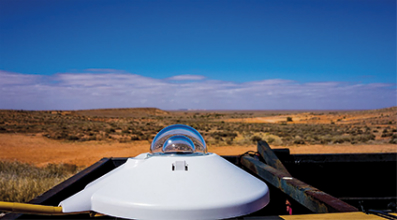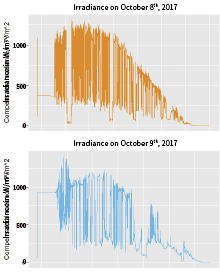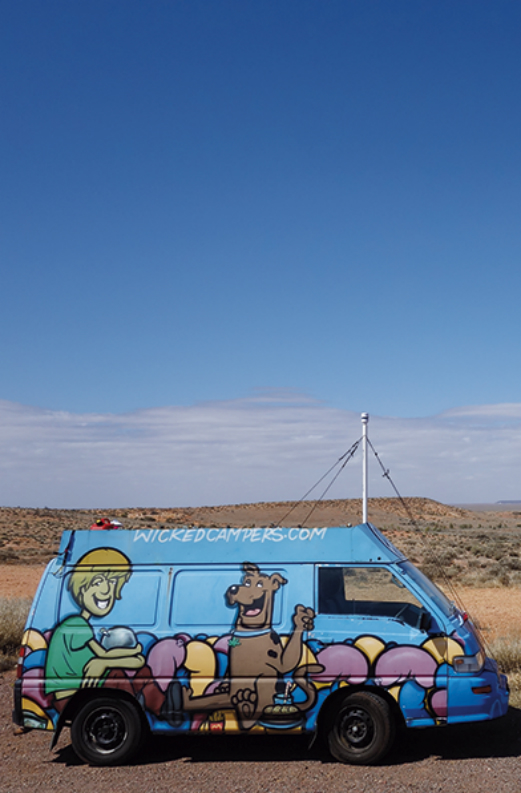A pyranometer to support Solar Racing Groningen in their World Solar Challenge 2017
Published: Tuesday, April 24, 2018
The Solar Racing Groningen team attended the Bridgestone World Solar Challenge 2017, not as competitors but as observers. Since the team is going to participate in the 2019 race, it is crucial to get as much knowledge as possible before heading to this race. We brought a SMP11-V pyranometer with us to Australia to prepare for 2019.
The Groningen team is not the first Dutch team to use a pyranometer from Kipp & Zonen. When our team members, Ray and Danny, were driving around Darwin, they saw the same device on top of other Dutch team support cars. These teams directed the pyranometers towards the sun when they stopped in order to make final adjustments and to validate the model. In our experience, we used the pyranometer for getting data which will help us at several stages when designing the car.

While Ray and Danny drove through the Australian outback, the logging unit was on. This means that all the data collected by the sensors was stored on the SD cards located in the logger. The data was stored during the day and in the evening they were extracted from the SD cards and sent to the rest of the team in the Netherlands for further study. Our modelling and software engineer, Jussi, later plotted the data (as shown left) in order to analyse the information. This helped us visualize the trip in many ways.
Additionally, the collected irradiance data during the race is of critical value for our building process, it will help us determine which type of solar panels to use and at which angles to place the individual cells. Analysis of the data revealed that the average solar irradiance during this race was around 480 W/m2 and peaked on the third race day at a maximum irradiance of 1410 W/m2.

This year’s race was not the sunniest one, daily averages during the race day did not exceed 500 W/m2, except for the last day when the observed average was around 700 W/m2, interestingly the irradiance peak still did not exceed the third day. Finally, after some analysis, we were able to determine what was the average irradiance fluctuation during the race and this gave us a number to consider when choosing optimal solar panels.
We would like to specially thank Kipp & Zonen for supporting us in our Bridgestone World Solar Challenge project

The students Ray and Danny rented a camper to travel through the Outback and mounted the SMP11-V on top of the roof